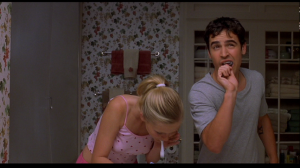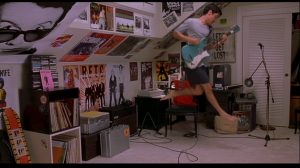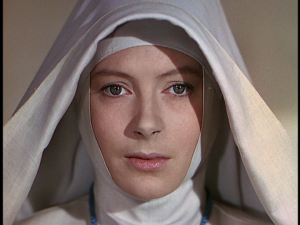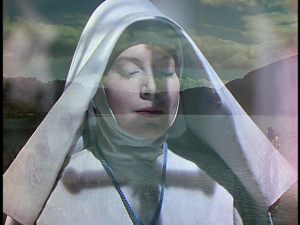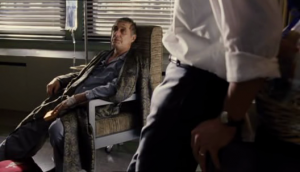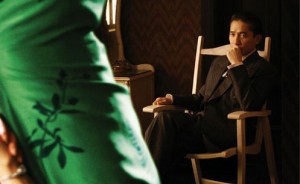The Best Shots of Bring It On
These screencaps probably evoke more delight for those who’ve watched Bring It On than for those relying on the isolated evidence above. Which is partly my fault, since the shots I chose don’t bring out the best in director Peyton Reed’s striking colour and composition choices. But it’s also an inherent flaw in choosing shots from this movie for the Hit Me with Your Best Shot series, since Bring It On‘s unflagging momentum is aided by its brisk editing, and it gathers an ensemble gifted with expressive physicality. (And what’s a cheerleading movie without either of those?) So not only do these single frames fail to do justice to the giddy movements that the lead actors (Kirsten Dunst, Jesse Bradford, Eliza Dushku) each contribute to these respective scenes, but they are cut together with so many unmissable reaction shots of shared joy that it’s more accurate to say that, rather than shots, these are my favourite sequences of Bring It On. (more…)

